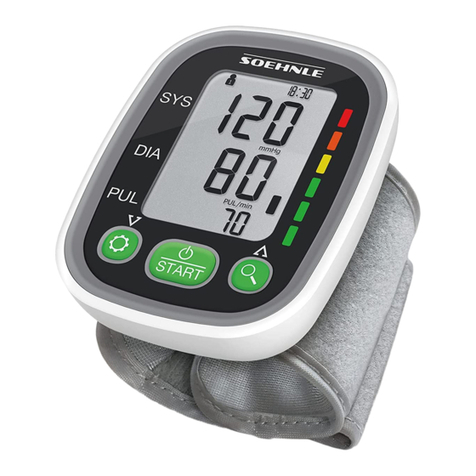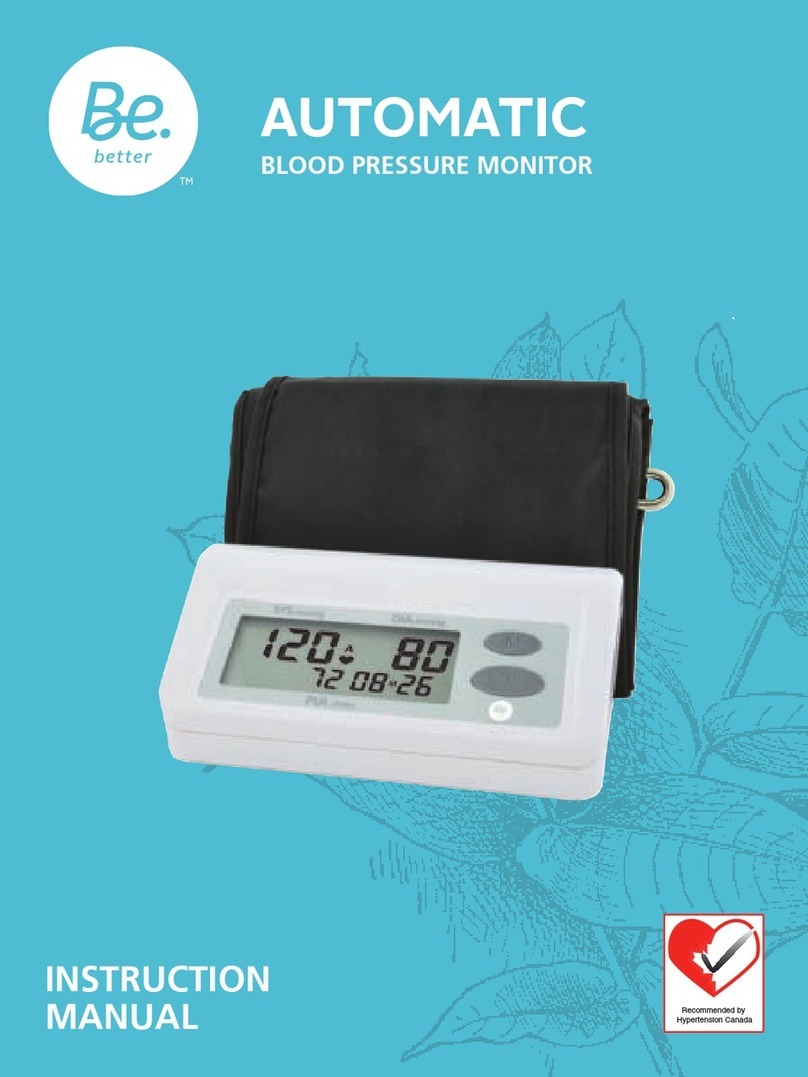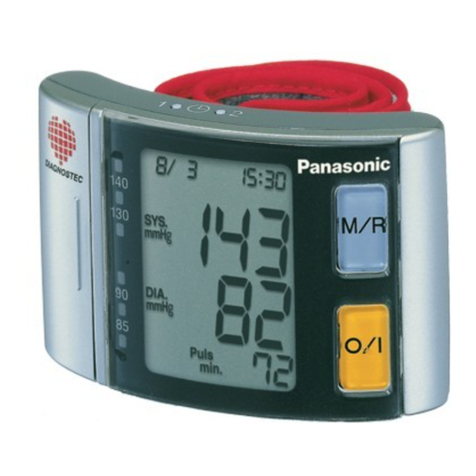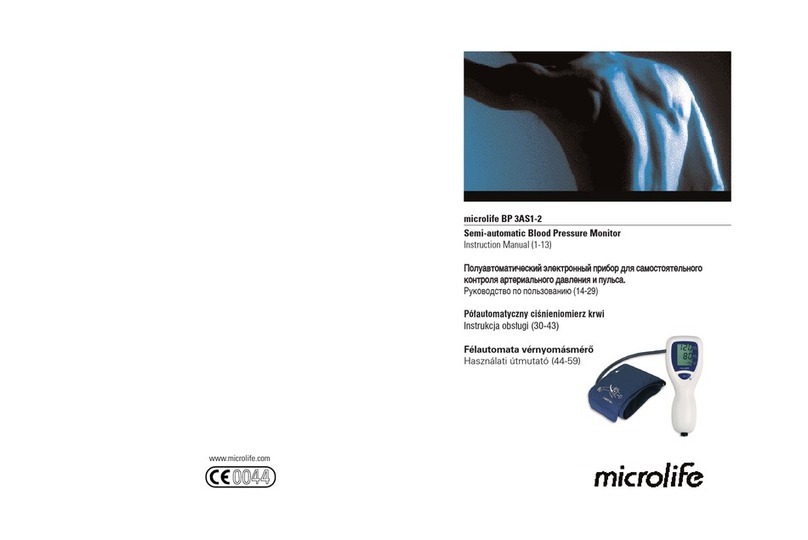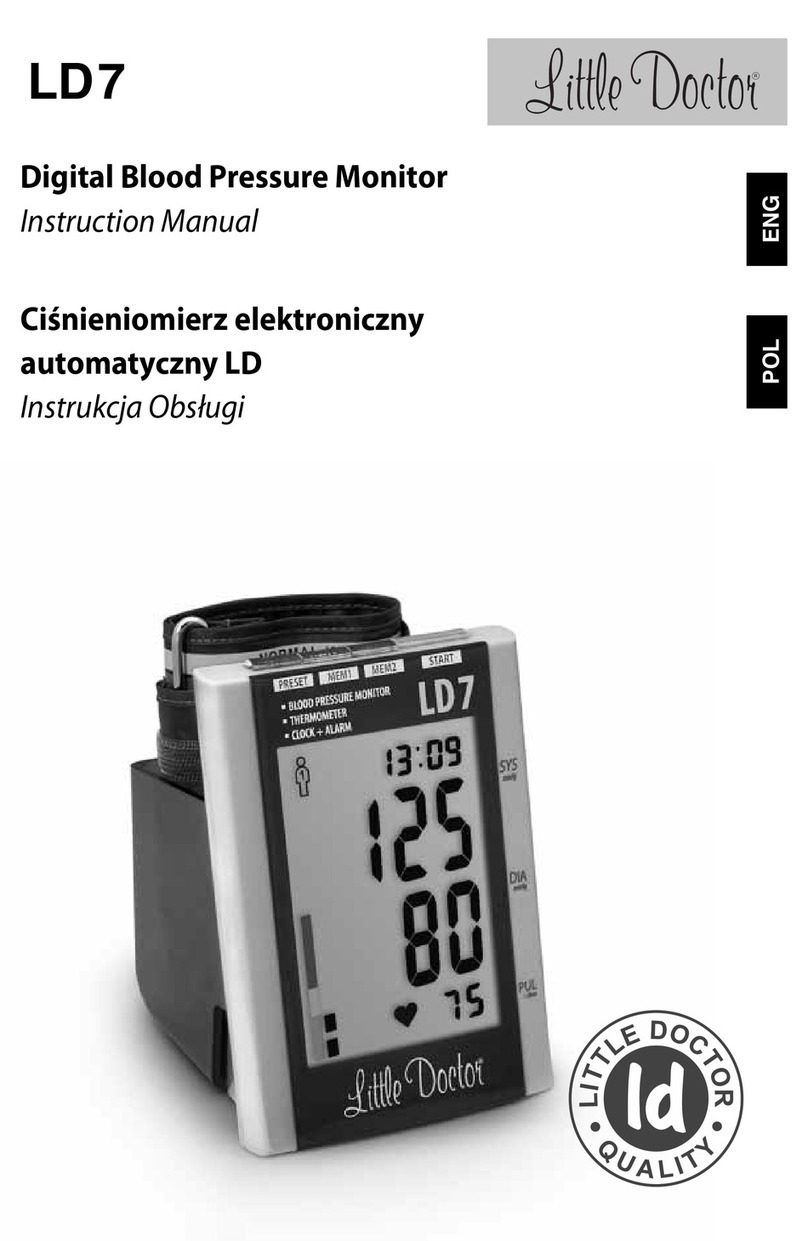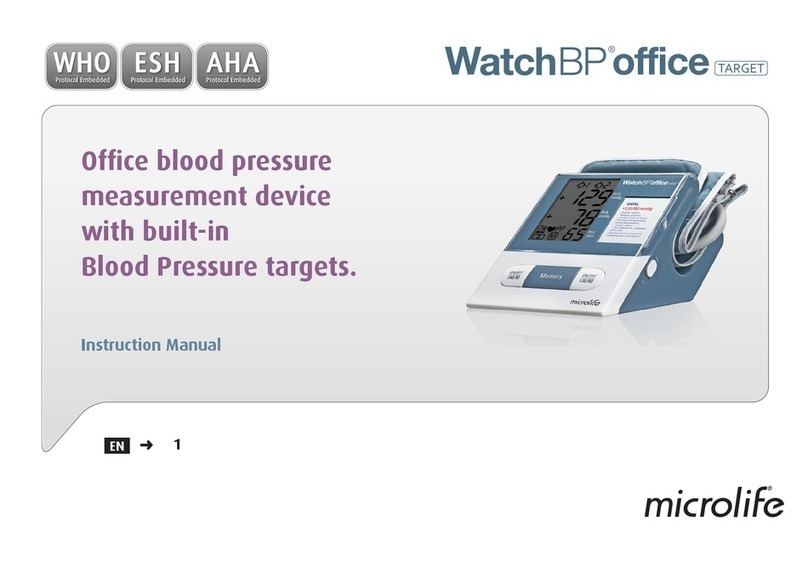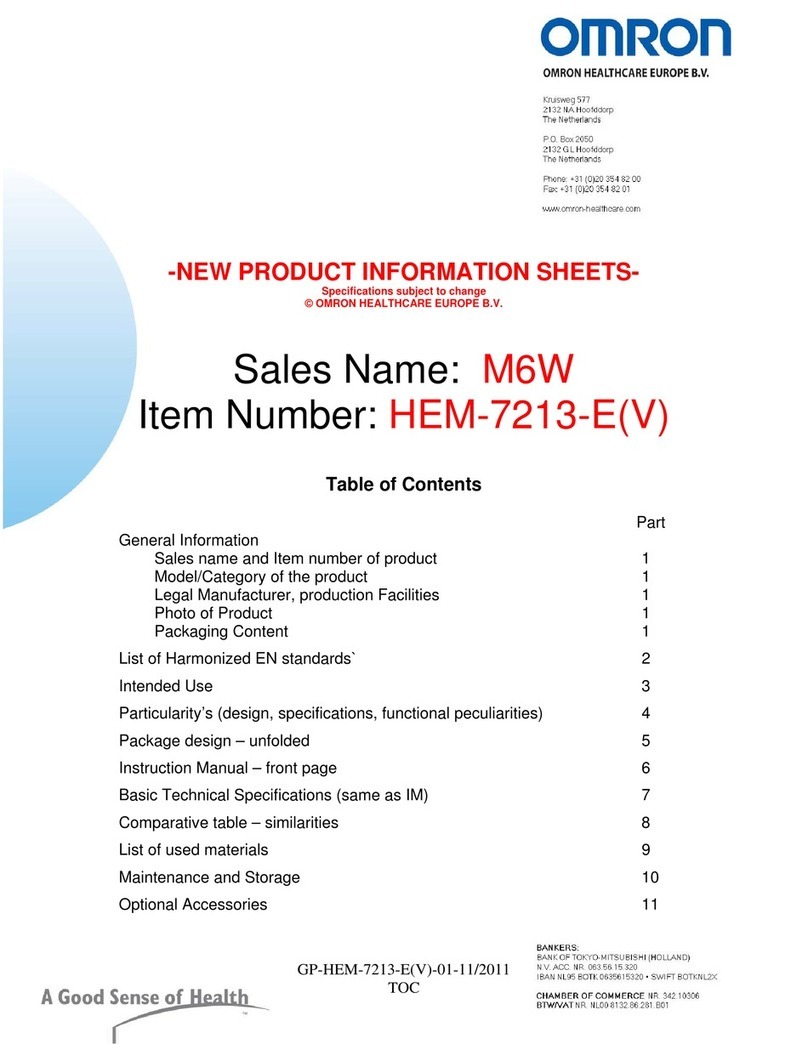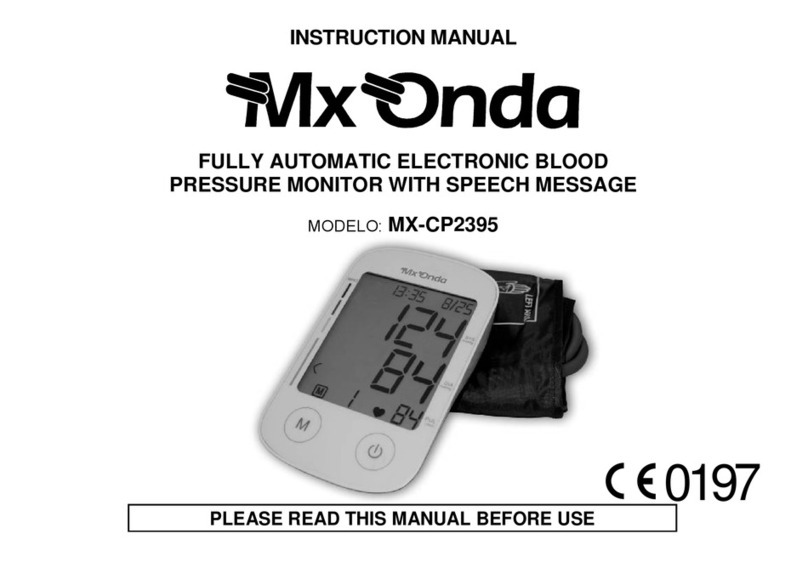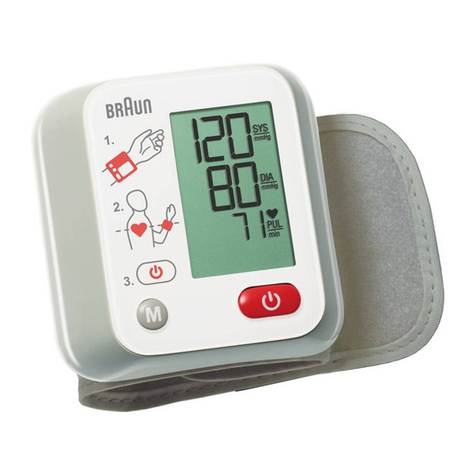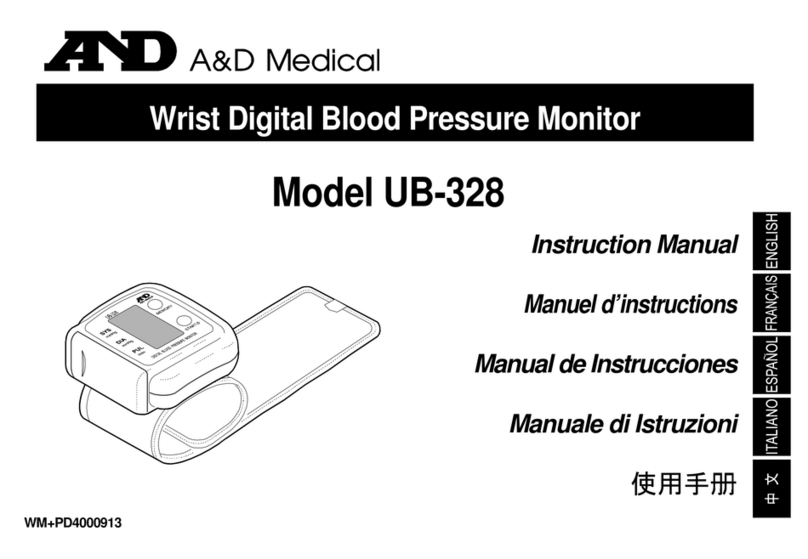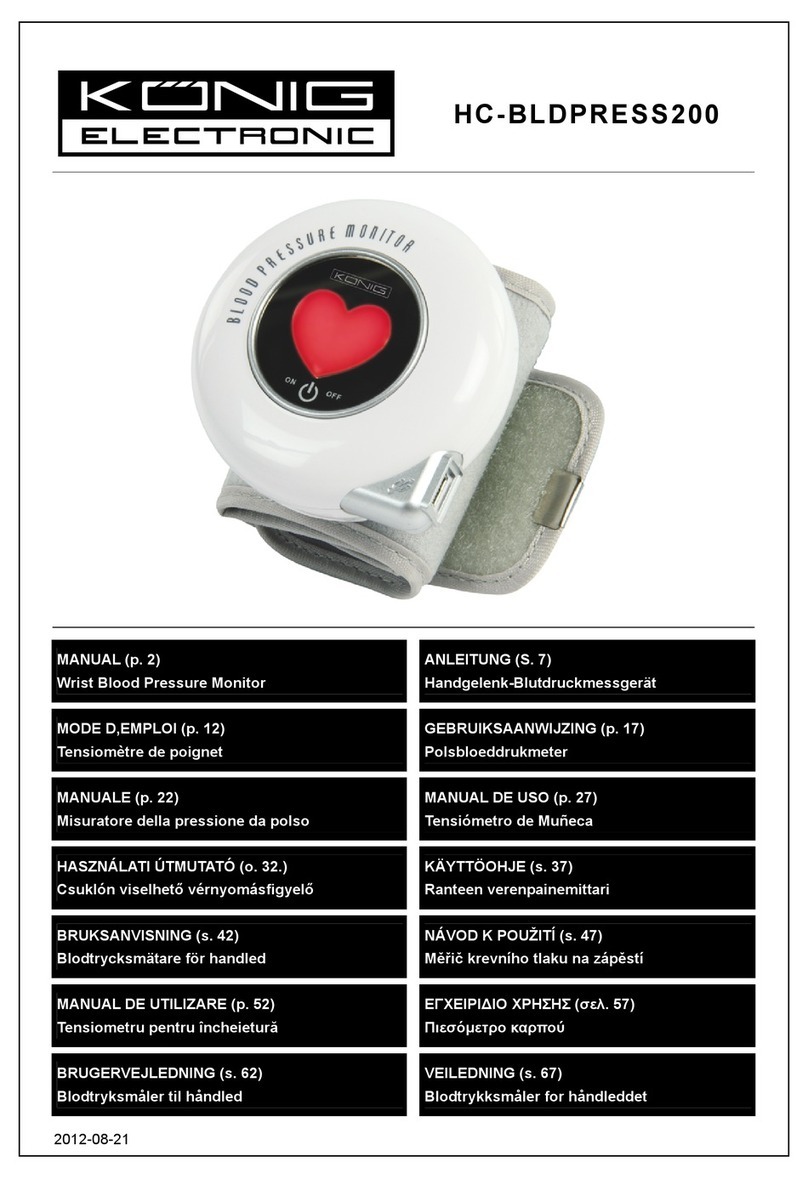
when you are asleep and higher when you are active. Your blood pressure
may be higher when recorded at a hospital or a clinic and may be lower when
measured in the relaxing comfort of your home. Due to these variations, we
recommend that you record your blood pressure regularly at home as well as at
your doctor’s clinic.
• Try to record your blood pressure regularly at the same time of the day and
under the same conditions. This will help your physician detect any extreme
variations in your blood pressure and thus treat you accordingly.
• Morning Hypertension (>135/85 mmHg): Recently, several studies have
identified elevated cardiovascular risks (heart failure, stroke, angina) associated
with “morning hypertension”. There is a typical rise in blood pressure during
the physiological changes from sleep to arising for the day.
• The ideal time to measure your blood pressure is in the morning just after you
wake up, before breakfast and any physical activity, and in the absence of the
urge to urinate. If this is not possible, try to take the measurements later in the
morning, before you start any physical activity. Relax for a few minutes before
you record your blood pressure.


